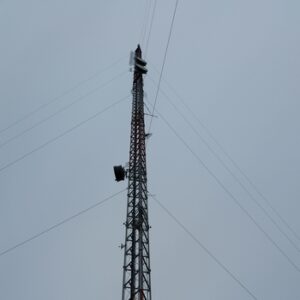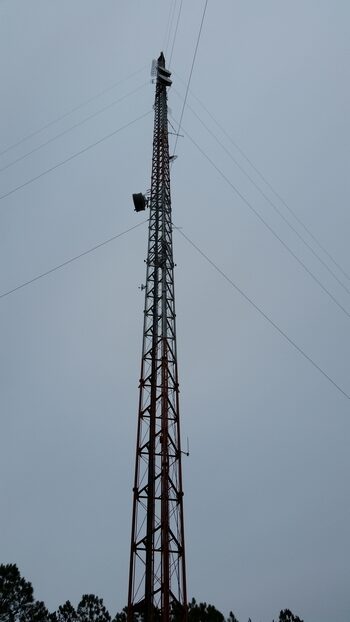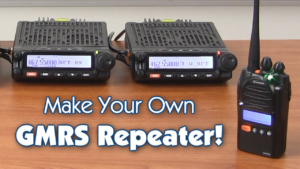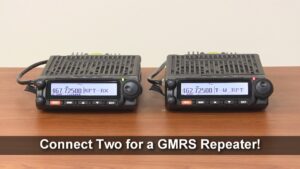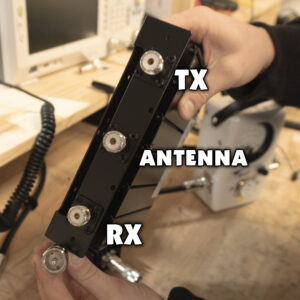 Among the many features of both the original Wouxun KG-1000G and the KG-1000G Plus is the ability to connect one of these radios with a second one and build a working mobile or base repeater. It's easy to do, and we even made a video that shows you exactly how to make your own KG-1000G repeater.
Among the many features of both the original Wouxun KG-1000G and the KG-1000G Plus is the ability to connect one of these radios with a second one and build a working mobile or base repeater. It's easy to do, and we even made a video that shows you exactly how to make your own KG-1000G repeater.
One optional step that is not shown in the video is to connect a GMRS duplexer to both of the KG-1000G radios. While this is an optional step, it is highly recommended, as the addition of a duplexer eliminates the need for the radios to be connected to separate antennas for transmit and receive. This is much more efficient and eliminates other potential technical issues related to using multiple antennas.
If you are contemplating the use of a duplexer, Not any old one will do. Like an antenna, you will need to choose a duplexer that is tuned to the correct band and frequency that your repeater will be using. In the case of a GMRS repeater, it needs to support one of the 8 repeater frequencies reserved for the GMRS. We recommend the XLT DP-GMRS-50 Mobile Band Reject Duplexer. This is especially designed for GMRS radio repeaters and works with the KG-1000G Series radios.
When using a duplexer, it needs to be precisely tuned to that frequency. Yes, precisely. Of course, with a proper spectrum analyzer you could tune it yourself, but as shown in our video How to Tune a GMRS Duplexer, that sort of equipment is quite expensive and requires a modicum of expertise and patience to tune it just right.
Fortunately, when you purchase the XLT duplexer from us, you can choose the option to have us tune it for you at no charge. This will not only save you time, but the headache of doing it yourself.
That's great and all, but once you receive your duplexer and it is tuned precisely to the GMRS repeater channel you want to use, how do you do it? How do you connect it to your two KG-1000G radios correctly?
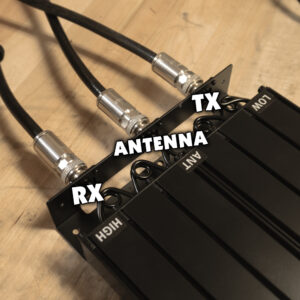 This is the simplest part of all. It only requires you to set up your repeater according to the instructions in the video, know which radio is set up as the transmitter and which is the receiver, connect the duplexer to both, and connect the completed repeater system to the antenna.
This is the simplest part of all. It only requires you to set up your repeater according to the instructions in the video, know which radio is set up as the transmitter and which is the receiver, connect the duplexer to both, and connect the completed repeater system to the antenna.
Here's how to do it:
1. Connect the TX radio (462 MHz transmit frequency) to the connector on the LOW side of the duplexer.
2. Connect the RX radio (467 MHz receive frequency) to the connector on the HIGH side of the duplexer.
3. Connect the antenna to the middle port marked ANT on the duplexer.
That's all there is to it.





